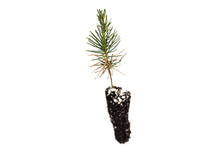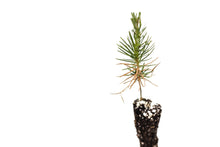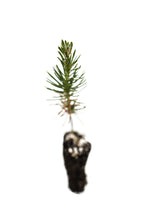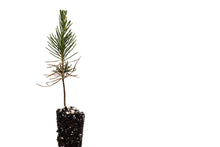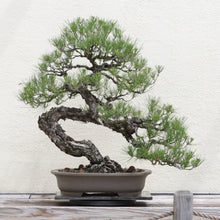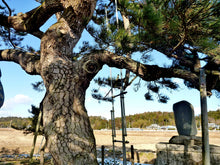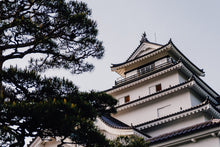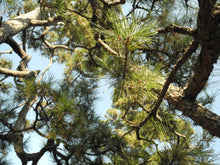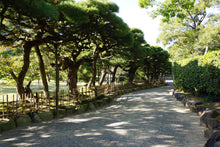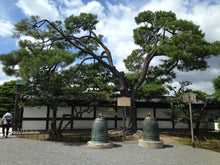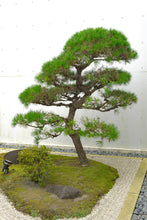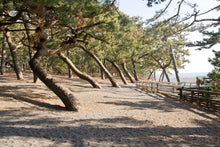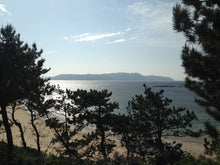
Pinus thunbergii
-
A classic choice for the urban landscape and a great bonsai tree, too!
-
100% guaranteed
- Seed-grown on California's Redwood Coast
- Transplanting and care instructions included
 |
Moisture Medium |
 |
Cold Hardiness -20°F |
 |
Light Full Sun |
 |
Size 20 – 125' tall / 10 – 35' spread |
 |
Lifespan 150 yrs |
 |
Growth Rate Fast Growing |
 |
Drought Tolerance High |
 |
Wind Resistance High |
About Japanese Black Pine
A classic choice for landscaping and a great bonsai tree too, Japanese Black Pine (Pinus thunbergii) is a robust, lush tree, plentiful in its native Japan, where it is known as Kurmatsu or Omatsu. A 2-needle pine with rich, bright green foliage, Japanese Black Pine's spreading branches form a broad, conical tree which becomes informal and spreading in age, often with a leaning trunk.
This tree is suitable for yards, gardens, and container-growing in a variety of climates, as it will tolerate winds, seaside conditions, and both cold (down to -20°F) and hot circumstances. Heights vary from 20 to 125 feet, depending on conditions. Also available to grow from seed.
About Jonsteen's Seedlings
All of our trees are seed-grown at our nursery on California's Redwood Coast, which is inspected monthly and licensed by the California Department of Agriculture. Trees can provide a natural barrier against high winds, temperatures, noise pollution and soil erosion, all while benefiting local air quality, wildlife and property values — a Jonsteen seedling will only grow in value and beauty!
About Jonsteen's 100% Guarantee
All of our trees are guaranteed to arrive healthy and in good condition. If your tree perishes despite your honest efforts, we will be happy to replace it with a small-sized seedling for just the cost of shipping/handling. You can learn more about our guarantee and tree replacement policy here.
Seedling Size Chart: Small
Due to the dynamic nature of actively growing trees, as well as the tremendous variation between species’ growth rates, we rely on the cubic volume of a seedling’s root mass to determine its “size” (Small / Medium / Large / XL). Within each size there is minor variance — the dimensions provided here represent the category minimum. If exact measurements are essential, please contact us about current stock.

















